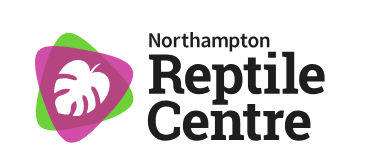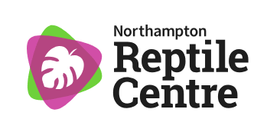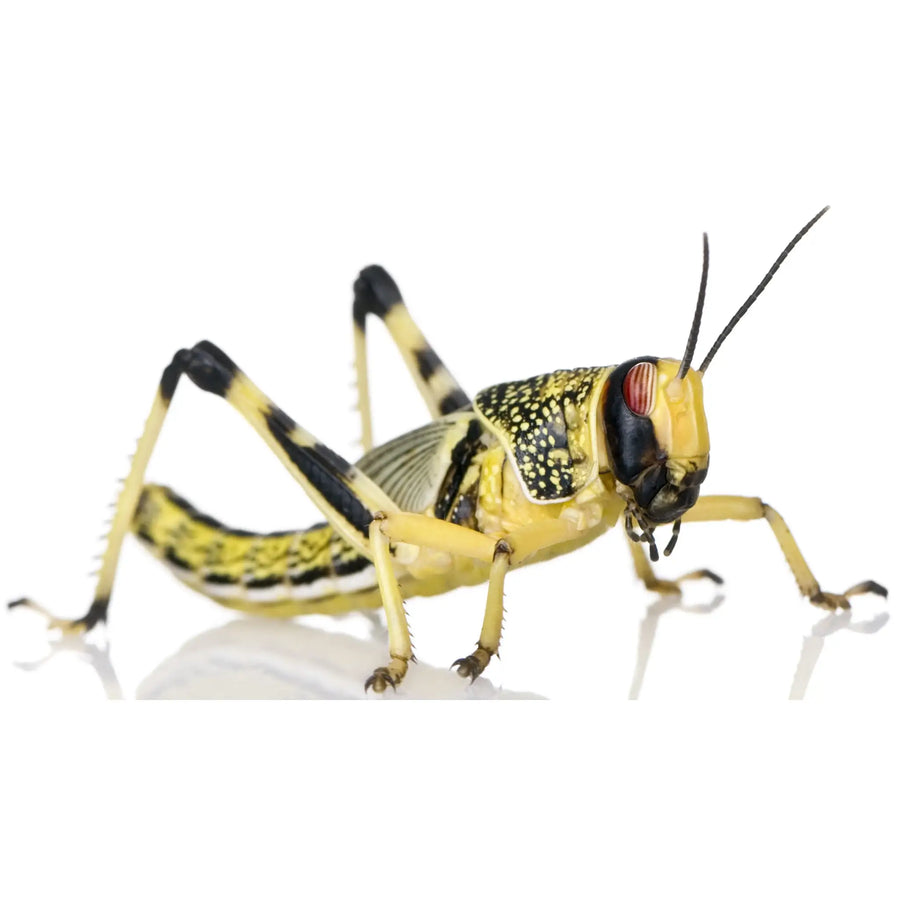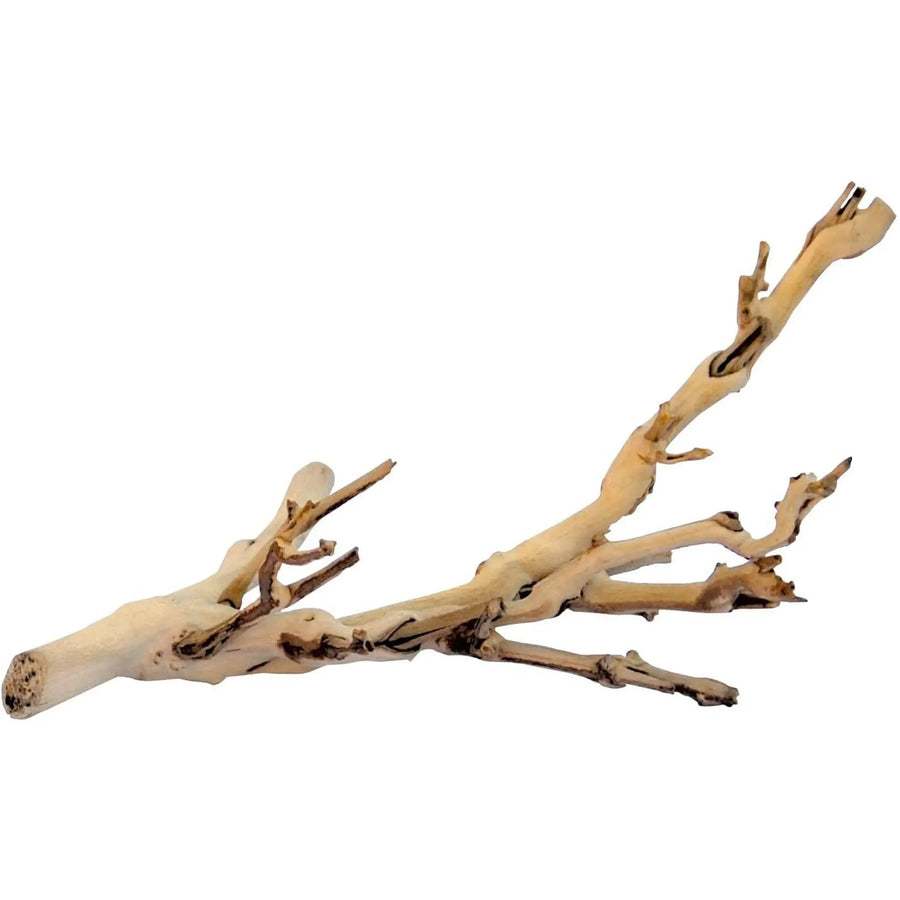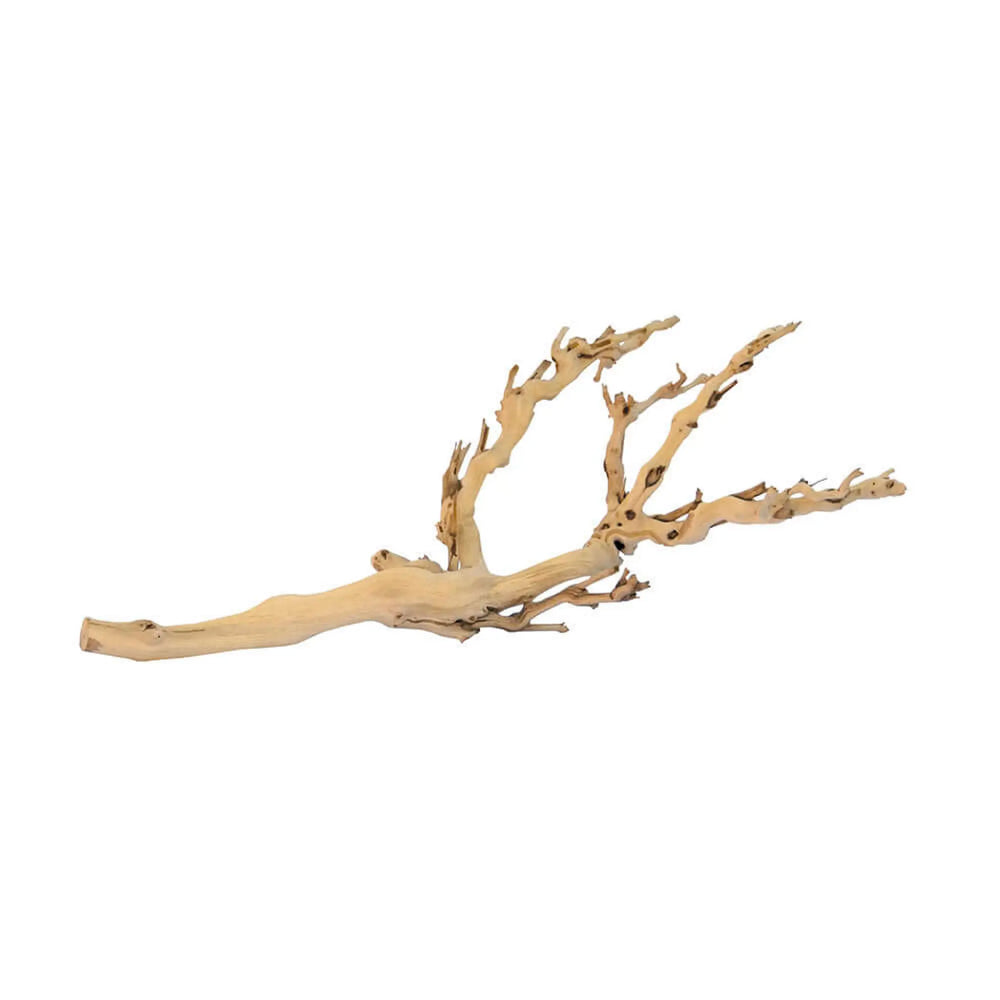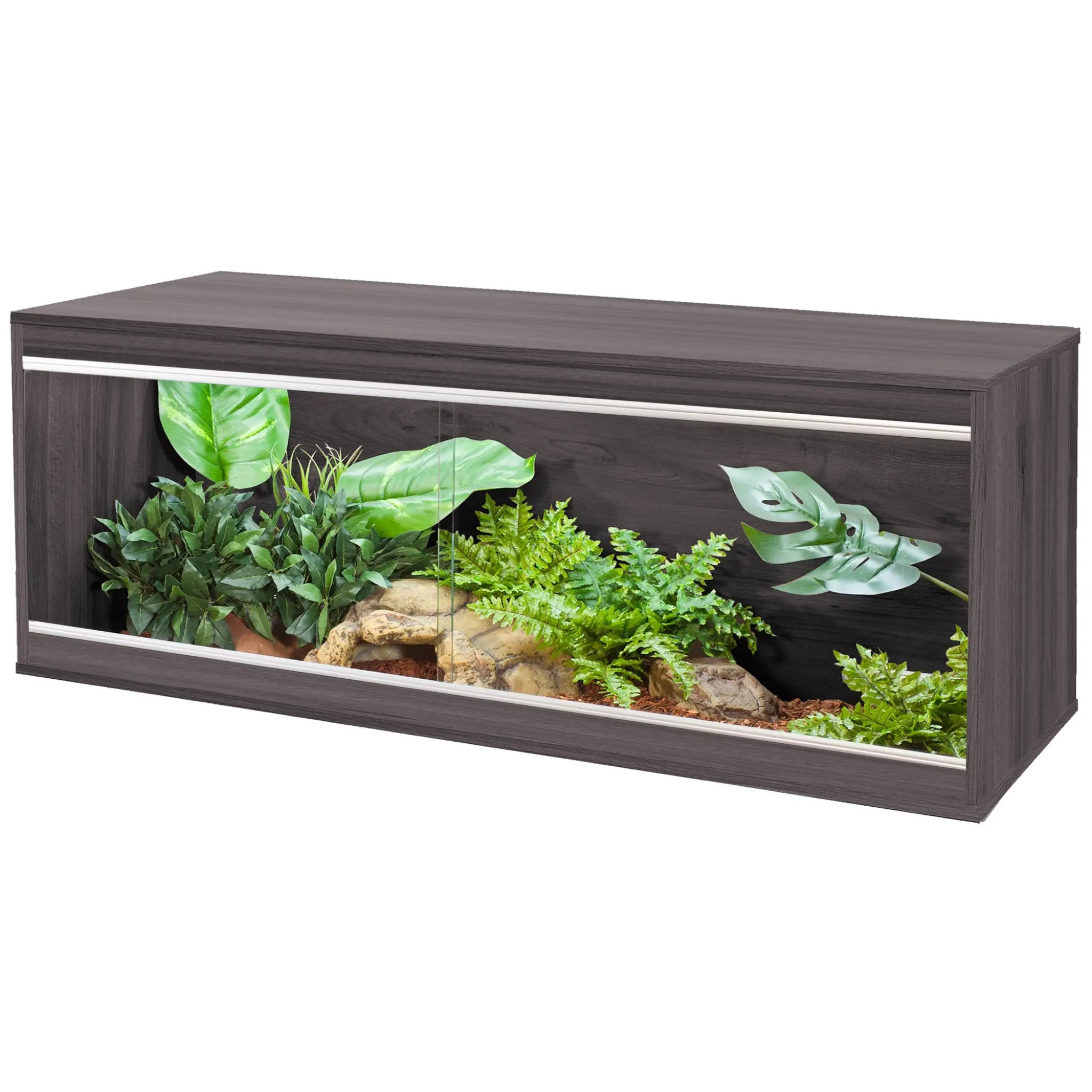
Tortoise Vivarium or Tortoise Table?
One of the oldest and fiercest debates within the reptile keeping community has been on the type of enclosure best suited to European tortoises. Many online resources will favour the tortoise table while we, for the most part, have advised wooden vivariums. Both enclosures have their pro’s and con’s and awkwardly there will be some variance depending on which type of vivarium you are using as the example. It is definitely a grey area because we aren’t really talking about a single piece of equipment when we ask which is better, we are evaluating which is most likely to provide the necessary conditions for the tortoise with the least risk.
Tortoise Table
Tortoise tables have been used with Hermanns, greek spur, marginated and Horsfields tortoises for a really long time and many people have been able to keep their tortoise happy and healthy in this type of enclosure. They are normally around 3 or 4ft wide and 2ft front to back. There will be a sidewall around 10-12” tall around the enclosure to prevent the tortoise from escaping. The main benefit of this style enclosure is that it has no lid so its ventilation is unrivalled. The tortoises listed above can struggle in high humidity environments so as long as the room isn’t humid tortoise tables normally a build up of humidity much better than a vivarium. The main downside to this type of enclosure is that it has no insulation. Any heat you put into the enclosure will escape into the room and in the UK it can be difficult to keep temperatures consistent.
Wooden Vivarium

Vivariums are essentially a wooden box with glass front doors and vents. The vivariums we recommend are normally around 4 x 2 x 2ft (width x length x height) with large back vents and front vents if possible. The viva+ range of vivariums sold on our website include metal ventilated front rails as well as large vents on the back wall. This allows more movement of air within the enclosure which drastically improves its ventilation. We have been using wooden vivariums in store for 20+ years and have seen our tortoises thrive. They do not have as much ventilation as a tortoise table but we are able to control the temperature within the enclosure much better and we find that this is the main concern for most households in the UK. Tortoises are cold-blooded and require a significant amount of heat to function and thrive in captivity. The main benefit of an enclosed wooden vivarium is that it will keep heat inside and give you better control over the temperature in the enclosure. The main drawback is that it has limited ventilation so you need to be more aware of humidity you might be bringing into the enclosure.
Conclusion
Our conclusion is that both of these enclosures are a good option but there is likely a factor at home that will make one of these better for your tortoise than the other. If your enclosure is going to be in a temperature-controlled room that will be kept at 20c all year round and the room isn’t getting too cold at night then the tortoise table would be great. If your home can be a bit drafty or if you are planning to keep the tortoise in a room that isn’t particularly warm then a vivarium will be much better. If you choose to use the tortoise table you need to keep a really close eye on the temperatures throughout the day. If you go for the vivarium you need to be careful to put any water or fresh veggies on the cool end and monitor humidity throughout the day. In our experience, keeping tortoises in the UK, we find that the heating is normally a more common problem for our customers than humidity so we will still lean towards wooden vivariums but it really is dependant on the conditions at home. It’s a bit of an open-ended conclusion but when you get into the habit of considering the enclosure conditions over the hardware used to reach them you’ll start to spot a lot of these.
If you have any questions about our recommendations or if you need some help with your set up or pet please contact us at sales@reptilecentre.com or call us on 01604753823.
